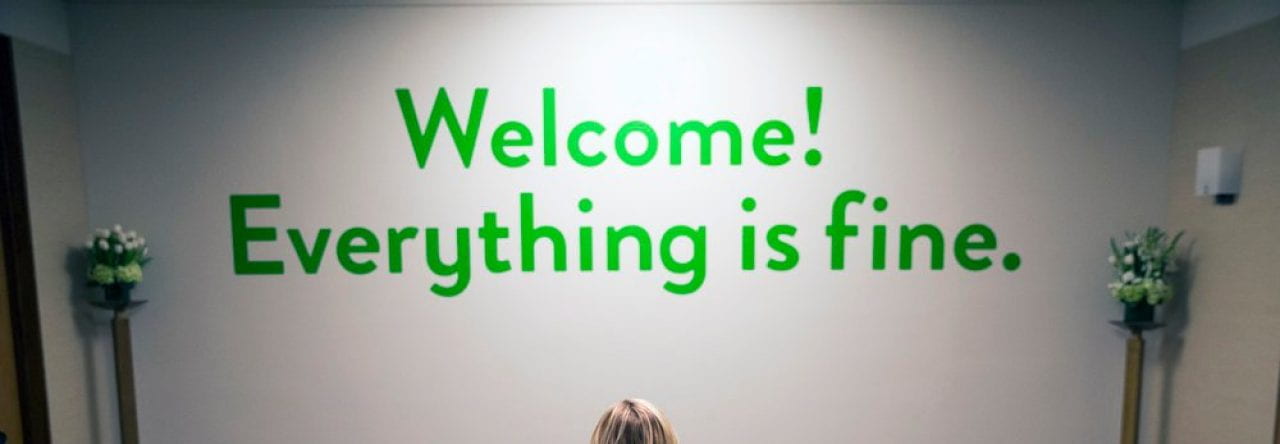Question: How has the Career Representation of Women in the top Cable TV Shows by decade changed from the 1960s to Now?
Our question concerns how the representation of women’s career on television has changed by decade, starting from the 1960s. Our preliminary research shows that within this time period, the percentage of women working has drastically increased. In contrast, several women on television remain to be depicted as the traditional stay-at-home moms or in “feminine” jobs. However, no recent research has created a comprehensive data source of the careers of TV women. Our research will fill this gap in research by providing numerical figures on the depiction of employed women on TV, as well as an analysis of the career fields of these employed women. The subject of our research will be limited to a set number of the most popular cable television shows by decade.
The world we now live in now would be unrecognizable to someone from the 1960s. Everything has changed drastically, especially cultural and social norms. Throughout this period of time, television has also transformed from black and white to color and from a novelty to a part of our daily life. At the same time, feminism and evolved norms have contributed to increasing gender equality in the workforce. However, this change has not always been reflected in television.
Through our research, we hope to better understand how the change in cultural and social norms have affected the career representation of females on television. This research will provide an analysis of how effective the waves of feminism and social movements have been, allowing for the evaluation of their impact. Furthermore, this will also provide insight into the television industry’s responsiveness towards social and cultural changes, especially that in gender equality. Because television is designed for mass appeal with general audiences, images of women on television directly relate to how society feels women should be depicted. As a result, the depiction of women on television is a reflection of society’s view on working women. Therefore, our question is important because not only does it show how accurate TV depictions are compared to real life, but because it provides insight into the minds of the consumers of these shows.

Comments are closed.